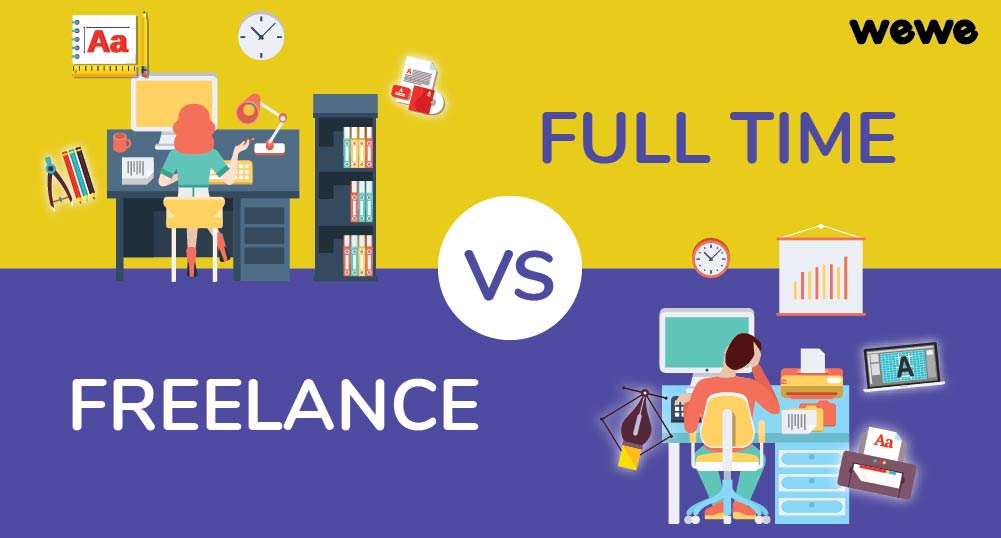
The modern workforce has undergone a significant transformation in recent years, with the rise of freelance and gig economy opportunities challenging the traditional concept of full-time employment. As professionals consider their career paths, the decision between freelancing and full-time employment has become increasingly complex. In this blog post, we’ll delve into the pros and cons of each option, helping you navigate the nuances of freelance work and full-time jobs.

Freelancing: The Pros and Cons
Pros:
Cons:



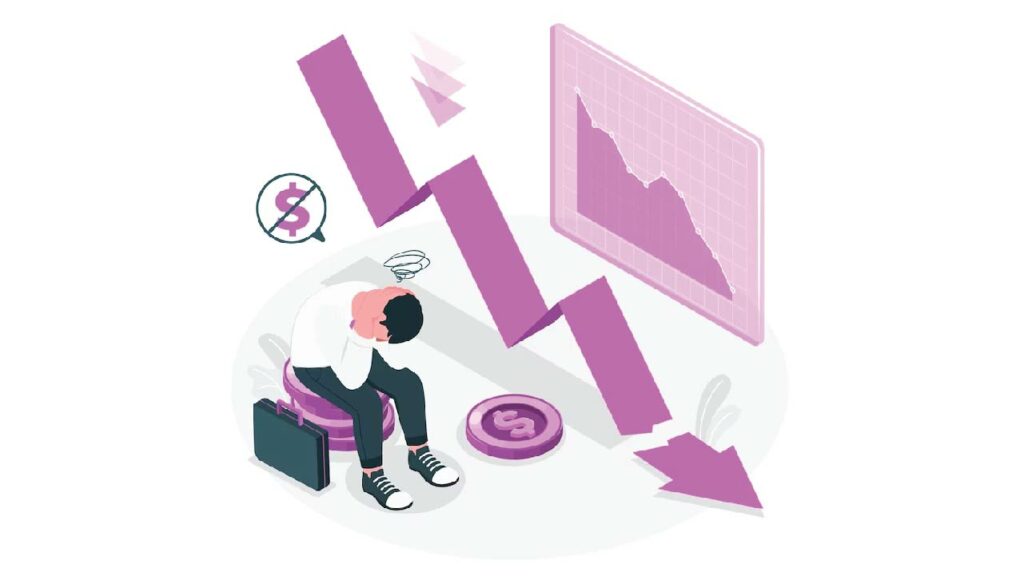


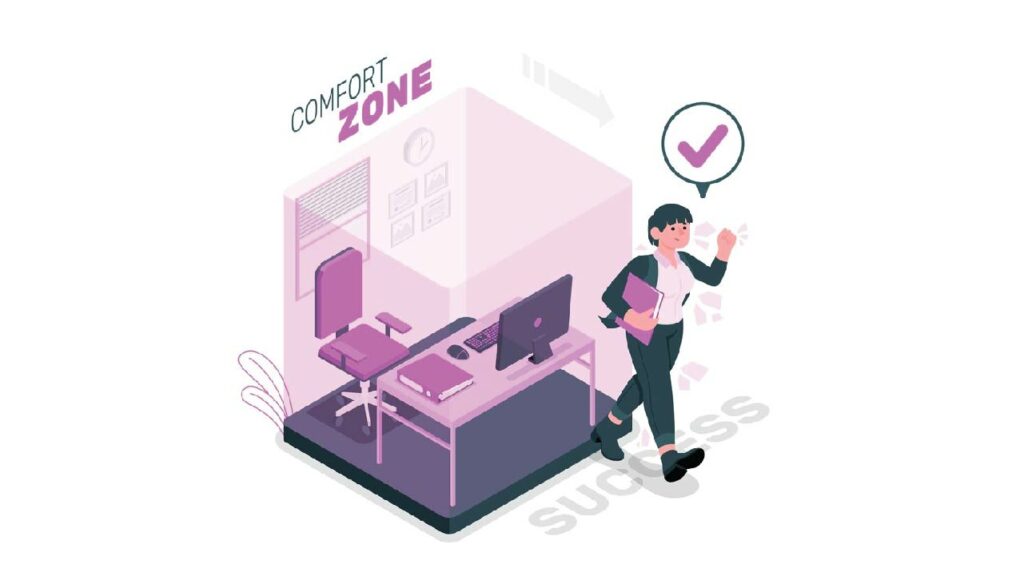
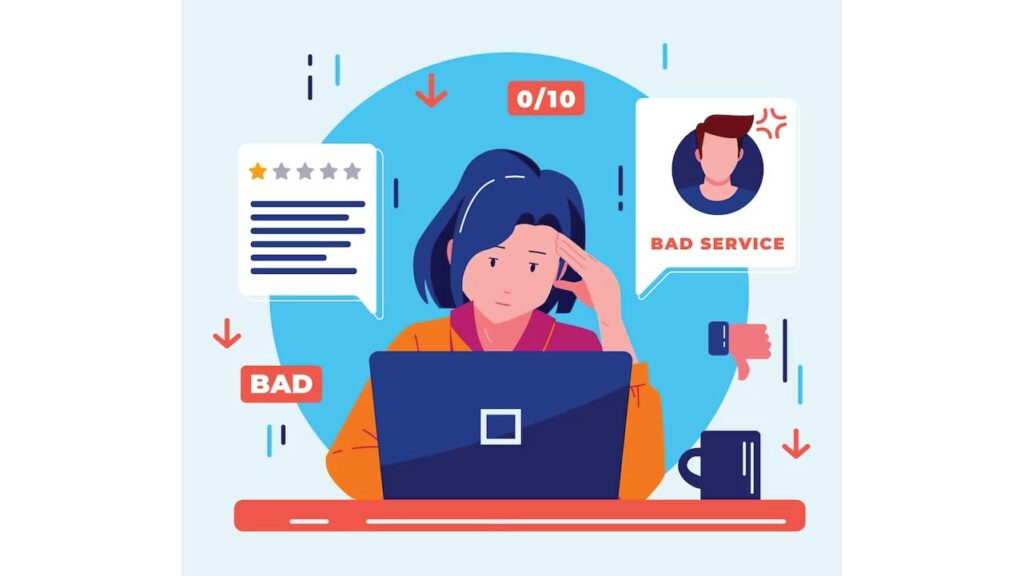

Full-time Employment: The Pros and Cons
Pros:
Cons:




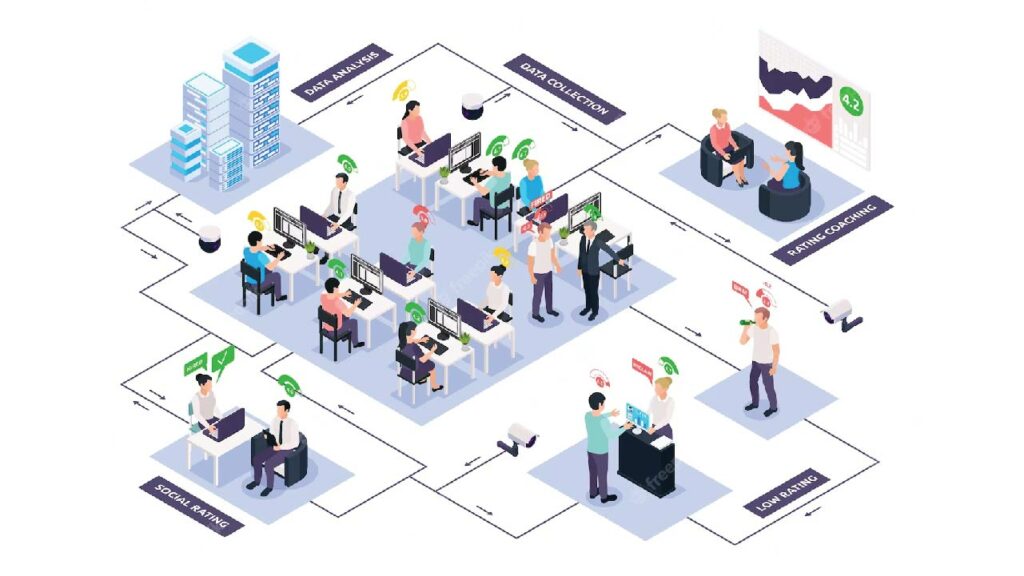


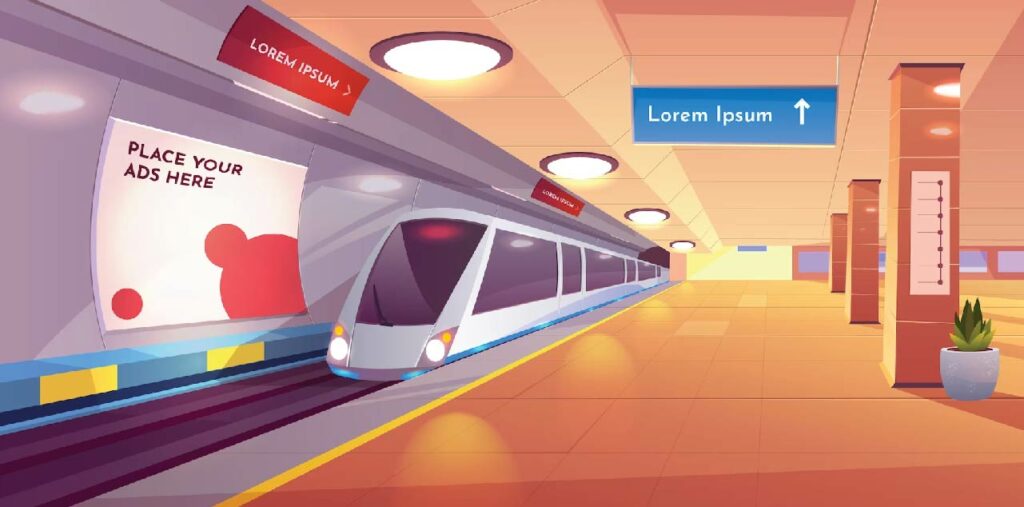
Conclusion
The choice between freelancing and full-time employment ultimately depends on an individual’s preferences, lifestyle, and career goals. Freelancing offers flexibility and potential for skill growth, while a full-time job provides stability and benefits. It’s essential to carefully consider the pros and cons of each option and weigh them against your personal and professional aspirations. Additionally, a hybrid model combining aspects of both freelance and full-time work is becoming popular, allowing individuals to strike a balance that suits their needs.
